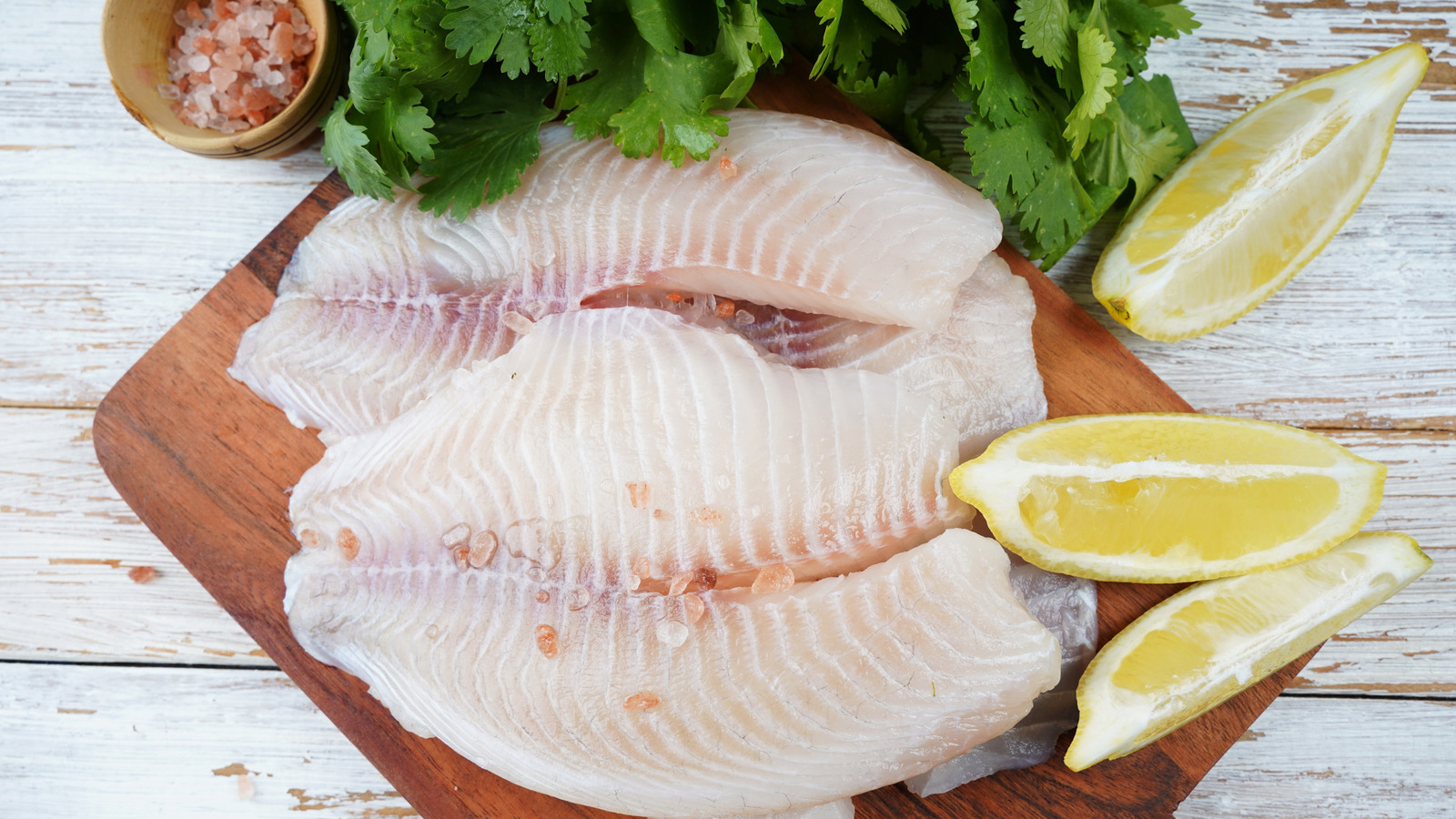
"Tilapia is one of the most widely-used fish in the U.S. Its mild flavor, flaky texture, and low cost make it a top choice for restaurants, but the farming practices surrounding it have led to a lot of debate over whether or not it's a "good fish." Most of the tilapia we get in North America is imported, and it usually comes from fish farms. The issue is that these farms are located all around the world, and the standards between them vary."
"If tilapia hasn't been certified, it means that it hasn't met the environmental, labor, or disease management standards set by organizations like the Aquaculture Stewardship Council (ASC), Global Seafood Alliance Best Aquaculture Practices (BAP), or Naturland. According to the Monterey Bay Aquarium Seafood Watch program, there are tilapia farms using banned antibiotics in their fish, and there is significant concern surrounding the lack of regulatory enforcement and pollution potential in some areas."
Tilapia is widely consumed in the U.S. for its mild flavor, flaky texture, and low cost, yet most supply is imported from varied global aquaculture operations. Certification from organizations such as ASC, BAP, or Naturland indicates meeting environmental, labor, and disease-management standards. Uncertified farms have been linked to banned antibiotic use, weak regulatory enforcement, and pollution risks. Seafood Watch uses green, yellow, and red ratings to indicate relative sustainability. Some producing countries like Colombia, Indonesia, and Taiwan receive green ratings while Chinese production is rated red due to habitat impact, chemical concerns, escapes, and disease spread.
Read at Tasting Table
Unable to calculate read time
Collection
[
|
...
]